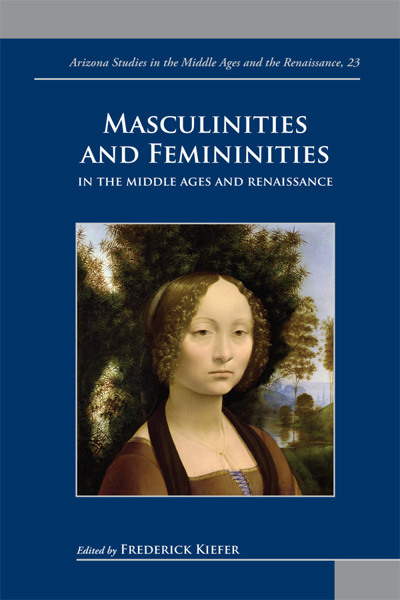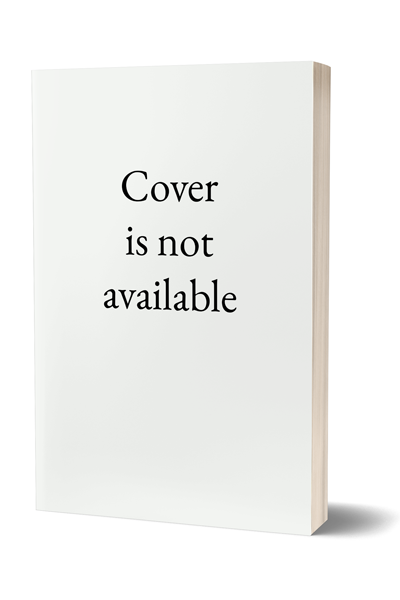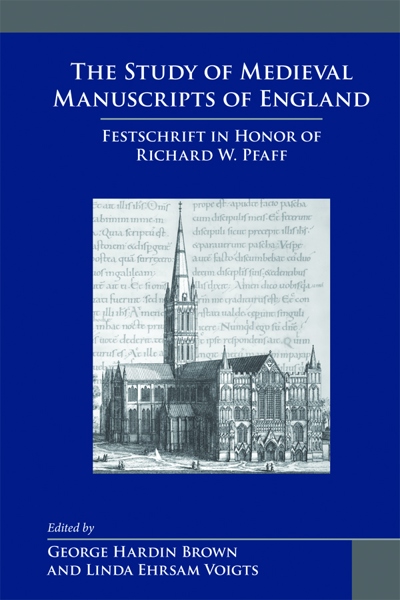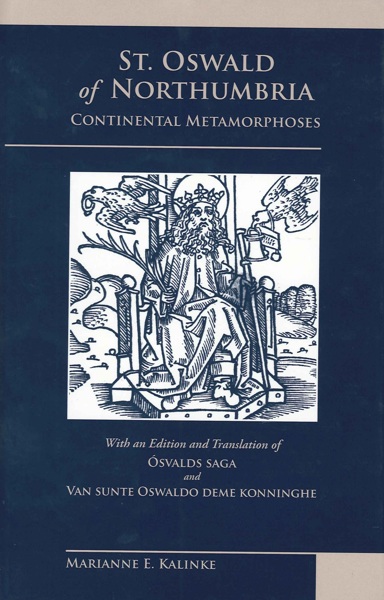
Catalogue of Medieval and Renaissance Manuscripts in the Beinecke Rare Book and Manuscript Library, Yale University, Volume IV
MSS 481-485
Robert Babcock, Lisa Fagin Davis, Philip Rusche
- Pages: 616 p.
- Size:150 x 230 mm
- Illustrations:281 b/w
- Language(s):English
- Publication Year:2004
- € 30,00 EXCL. VAT RETAIL PRICE
- ISBN: 978-2-503-51440-6
- Hardback
- Available
Volume IV is devoted to the items in the Beinecke's general collection with the shelf numbers 481, 482, 483, 484, and 485, each a discrete collection of manuscript fragments -- for the most part, the battered remnants of otherwise lost books from the Middle Ages.
Volume IV is devoted to the items in the Beinecke's general collection with the shelf numbers 481, 482, 483, 484, and 485, each a discrete collection of manuscript fragments. The text consists of 285 entries -- describing single leaves, groups of leaves, or pieces of leaves -- of medieval and Renaissance manuscripts written between the seventh and sixteenth centuries in Western Europe. They are, for the most part, the battered remnants of otherwise lost books from the Middle Ages. Almost all of the fragments included in this catalogue are in Latin, although there are a few items in Middle High German and in Hebrew.
The two larger groups of fragments described here (MS 481 and MS 482) were assembled originally as a palaeographical collection documenting a wide range of Latin bookscripts used during the Middle Ages and Renaissance. Included are specimens in Uncial, Visigothic, Merovingian, Beneventan, and humanist scripts, as well as numerous examples of Caroline minuscule and Gothic book hands,with a particular richness in eleventh- and twelfth-century manuscripts from Southern Germany.
The fragments described in the catalogue are almost all derived from books. There are manuscripts of biblical texts (with and without glosses), classical and patristic authors, exegetical treatises, sermons, liturgical works, monastic rules, medieval encyclopedias, legal works, scholastic treatises, schoolbooks, grammatical works, medieval chronicles, calendars, and medieval poetry. Classical authors are represented by manuscripts of Vergil and Cicero; the Greek fathers by Basil and Origen (in Latin translation); the Latin fathers by Augustine, Jerome, and Gregory. Medieval writers include Isidore, Bede, Paul the Deacon, Notker Balbulus, Bern of Reichenau, and Thomas Aquinas; and on the secular side, Boethius, Priscian, Wirnt von Gravenburg, Eberhard of Bethune, and Ludolphus de Luco. There are numerous liturgical manuscripts, many of them with early examples of musical notation, including a substantial portion of an eleventh-century breviary; sequentiaries with works by Notker Balbulus and Gottschalk; and seventeen leaves of a twelfth-century antiphonary from Lambach that shed new light on the performance there of a Magi play.
Manuscripts written in Italy, Spain, France, England, Germany, Switzerland, Austria, and the Low Countries are represented. A few items can be attributed to specific writing centres, including scriptoria in Luxeuil, Reims, Tours, Fresing, Fulda, Schaffhausen, Lambach, Kremsmunster, and Melk.




